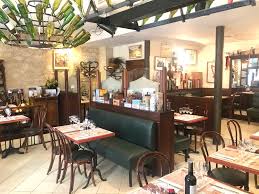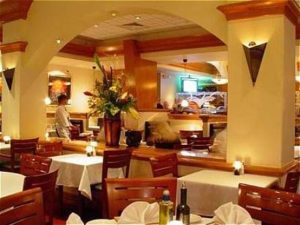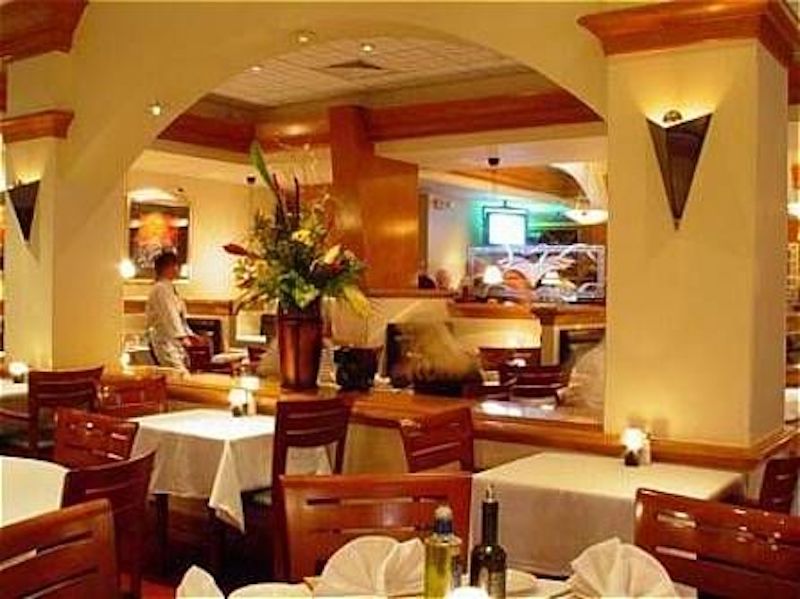Bistro! Bistro!
The world, I am sure, will never agree upon the exact origins of the word “bistro!” The most often quoted explanation is that bistro! bistro! is what the Russian solder shouted as they made for the cafes after seizing Paris in 1815. However, since the word really did not enter the French language until 1884, other explanations are more plausible. Some suggest the word comes from “bistrouille” or “bistouille”, which in the north of France refers to a mixture of coffee and eau-de-vie, or to a poor quality eau-de-vie, both drinks one might find in a “Bistro”. Going one step further, we have the verb “bistrouiller”, which refers to the preparation of an ersatz wine made with water, alcohol, and other products, which of course might be passed off as wine in a low-quality “bistro”.

Whatever its origins, everyone agrees that whether it’s a café, a small simple unpretentious restaurant, or simply a place to enjoy a glass of wine and a simple yet hearty sandwich, or burger, a bistro is a place for good times with friends.
Most simply a bistro is a small neighborhood restaurant serving home-style substantial fare for lunch and dinner
The chinaware is almost always thick and plain white,
the tables are covered with sheets of white, crinkle-edged paper, the floor peppered with sawdust. The menu – often an illegible mimeographed sheet encased in clear plastic- is brief and changes infrequently, save perhaps for the ritual plat-du-jour. if this is Tuesday they must be serving crab cakes.
In bistros,
people do not whisper, they shout, and diners are not on a first-name basis with the harried waitress wrapped in a frilly white apron. In bistros, you might not even get to choose what you eat and drink. The “patron”, or owner, may usurp that right. And in bistros, you will often find yourself chatting across tables with perfect strangers, friends, actors, famous personalities sharing their platter of French fries or paté while you wait for yours to come sizzling from the kitchen at the end of the room.

in Paris in particular, the bistro served as an extension of the family room. Apartment kitchens were small (in fact almost nonexistent), and many Parisians took all their meals at their local café-style bistro. In some cases, they even stored their own napkins there.
Bistro cuisine
is French home cooking at its best, which we have adapted to American and Swiss palates by infusing, adding, or changing ingredients according to the availabilities of the local markets. What we love the most about cooking and eating bistro food is its sense of generosity, of wholeness, of copiousness, simply good food, reasonable prices (maybe not anymore!) good portions, and no foofoo or gimmicks!!
Bon Apetit!
